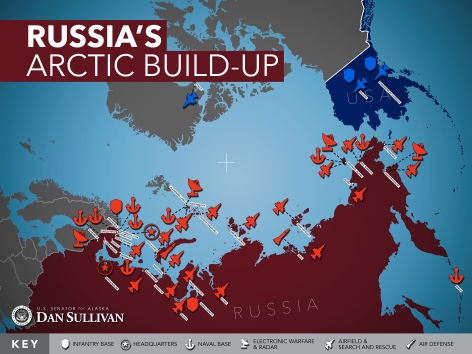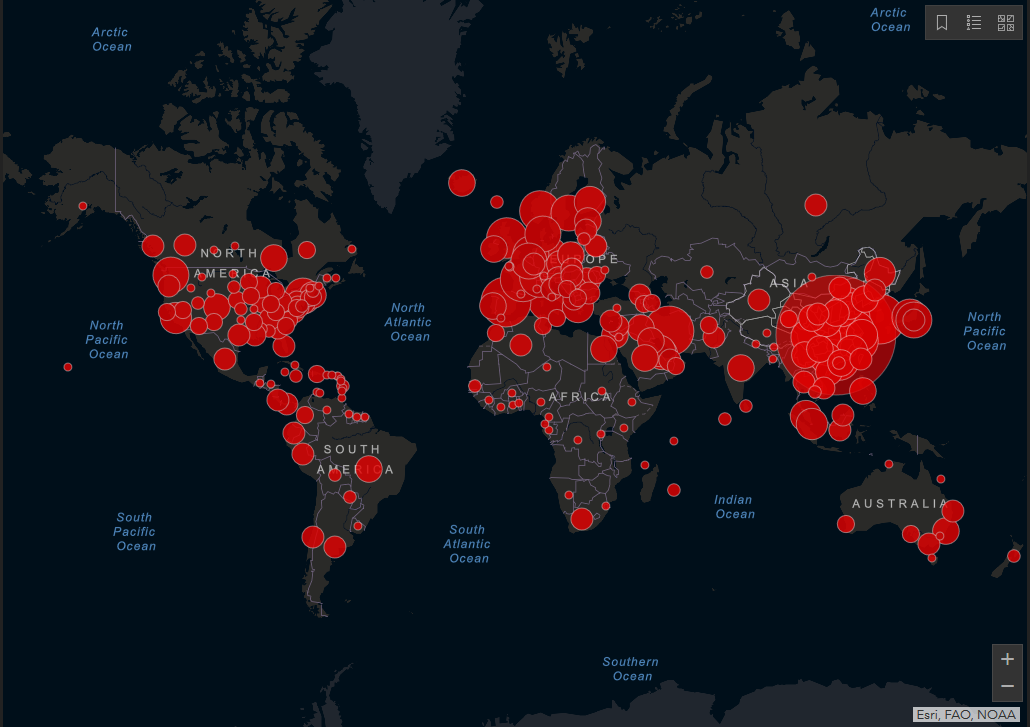> Time had stood still in Romania. Until recently. A revolution did take place in December (1989) and then in June. It was not the revolution that we saw on television and that was most likely a play scripted by the KGB and acted by the Army and Securitate with the innocent help of a cast of millions. It was a revolution in people’s souls when they suddenly felt no more fear. This revolution is going on still. Whoever let the tiger out of its cage is in no position to put it back again.
Time had stood still in Romania. Until recently. A revolution did take place in December (1989) and then in June. It was not the revolution that we saw on television and that was most likely a play scripted by the KGB and acted by the Army and Securitate with the innocent help of a cast of millions. It was a revolution in people’s souls when they suddenly felt no more fear. This revolution is going on still. Whoever let the tiger out of its cage is in no position to put it back again.
— Andrei Codrescu, Romanian-American journalist, The Hole in the Flag (New York: William Morrow and Company, 1991)
Pictured below: Romanian President Traian Băsescu visits the White House on July 27, 2006. Băsescu is a “former” member of the Romanian Communist Party, the communist-dominated National Salvation Front that overthrew the Ceauşescu regime, and the ostensibly rightist Justice and Truth Alliance. Băsescu is also an alleged agent of the communist-era State Security Department (Securitate). In a live television debate with Adrian Năstase before the 2004 run-off presidential election, Băsescu remarked with considerable candor: “You know what Romania’s greatest curse is right now? It’s that Romanians have to choose between two former Communist Party members.”
 Romania
Romania
Previous names: People’s Republic of Romania, April 13, 1948-1965; Socialist Republic of Romania, 1965-1989
Type of state: “Post”-communist “multi-party” state under covert communist control, exercised through National Salvation Front successors such as Democratic Party and Social Democratic Party, and other potemkin parties
Neo-communist renewal: “Collapse of communism,” 1989
Communist Bloc memberships: Council for Mutual Economic Assistance (1949-1991), European Union (January 1, 2007)
Warsaw Pact membership: May 14, 1955-July 1, 1991
NATO membership: March 29, 2004
Socialist International presence: Social Democratic Party (formerly left wing of “ex”-communist National Salvation Front)
Communist government:
1) Democratic Liberal Party (merger of Democratic Party, indirect successor of right wing of “ex”-communist National Salvation Front; and Liberal Democratic Party) and Social Democratic Party (indirect successor of left wing of “ex”-communist National Salvation Front): 2008-present
2) Justice and Truth Alliance (consisting of National Liberal Party and Democratic Party (formerly Democratic Party-National Salvation Front, right wing of “ex”-communist National Salvation Front)) and Democratic Union of Hungarians in Romania: 2004-2008
3) Social Democratic Party (merger of Party of Social Democracy in Romania (formerly Democratic National Salvation Front) and Romanian Social Democratic Party) in coalition with Social Democratic Pole of Romania, and Romanian Humanist Party (now Conservative Party of Romania): 2001-2004
4) Party of Social Democracy in Romania (formerly Democratic National Salvation Front) in coalition with Romanian Social Democratic Party, Social Democratic Pole of Romania, and Romanian Humanist Party: 2000-2001
5) Romanian Democratic Convention (consisting of Christian-Democratic National Peasants’ Party, National Liberal Party, National Liberal Party-Democratic Convention, Alternative of Romania Party, Ecologist Party of Romania, and Romanian Ecologist Federation) in coalition with Democratic Party (formerly Democratic Party-National Salvation Front, right wing of “ex”-communist National Salvation Front) and Democratic Union of Hungarians in Romania: 1996-2000
6) Party of Social Democracy in Romania (formerly Democratic National Salvation Front) in coalition with Romanian National Unity Party, Greater Romania Party, and Socialist Party of Labor: 1994-1996
7) Party of Social Democracy in Romania (formerly Democratic National Salvation Front): 1993-1994
8) Democratic National Salvation Front (formerly left wing of “ex”-communist National Salvation Front): 1992-1993
9) National Salvation Front (second- and third-rank members of Romanian Communist Party): 1990-1992
10) Provisional National Unity Council (dominated by “ex”-communist National Salvation Front): 1990
11) National Salvation Front (second- and third-rank members of Romanian Communist Party): 1989-1990 (seized power in coup d’etat)
12) Romanian Communist Party (original name restored), sole legal party: 1965-1989
13) Romanian Workers’ Party (formerly Romanian Communist Party), sole legal party: 1948-1965
14) Romanian Communist Party, sole legal party: 1947-1948
15) Ploughman’s Front in alliance with National Democratic Front (Romanian Communist Party, Union of Patriots, Union of Hungarian Workers, Socialist Peasants’ Party, and Romanian Social Democratic Party): 1945-1947
Fascist government:
1) Pro-Axis military regime of General Ion Antonescu, with cabinet posts filled by members of Legion of the Archangel Michael (Iron Guard): 1940-1944
Presidents of “post”-communist Romania:
1) Traian Băsescu (Romanian Communist Party, National Salvation Front, Democratic Party, Democratic Liberal Party; alleged agent of communist-era State Security Department, or Securitate): December 20, 2004-present
2) Ion Iliescu (Romanian Communist Party, National Salvation Front, Democratic National Salvation Front, Party of Social Democracy in Romania, Social Democratic Party of Romania, Social Democratic Party): December 20, 2000-December 20, 2004
3) Emil Constantinescu (Romanian Communist Party, Romanian Democratic Convention): November 29, 1996-December 20, 2000
4) Ion Iliescu (Romanian Communist Party, National Salvation Front, Democratic National Salvation Front, Party of Social Democracy in Romania, Social Democracy Party of Romania, Social Democratic Party): December 22, 1989-November 29, 1996
Prime ministers of “post”-communist Romania:
1) Emil Boc (leader, Democratic Liberal Party; nominated by President Traian Băsescu): December 22, 2008-present
2) Călin Popescu-Tăriceanu (National Liberal Party; Vice President, European Liberal Democrat and Reform Party): December 29, 2004-December 22, 2008
3) Eugen Bejinariu (Social Democratic Party): December 21-29, 2004 (interim)
4) Adrian Năstase (Romanian Communist Party, Social Democratic Party): December 28, 2000-December 21, 2004
5) Mugur Isărescu (Senior Researcher, World Economy Institute, Bucharest, 1971-1990; Governor, National Bank of Romania, 1990): December 22, 1999-December 28, 2000
6) Alexandru Athanasiu (Civic Alliance Party, Social Democratic Party): December 13-22, 1999 (interim)
7) Radu Vasile (Christian-Democratic National Peasants’ Party, Democratic Party): April 17, 1998-December 13, 1999
8) Gavril Dejeu (Christian-Democratic National Peasants’ Party): March 30-April 17, 1998 (interim)
9) Victor Ciorbea (Romanian Communist Party, Romanian Democratic Convention, Christian-Democratic National Peasants’ Party, Christian-Democratic People’s Party): December 12, 1996-March 30, 1998
10) Nicolae Văcăroiu (Romanian Communist Party, Social Democratic Party): November 4, 1992-December 12, 1996
11) Theodor Stolojan (National Salvation Front (“ex”-members of Romanian Communist Party), National Liberal Party, Liberal Democratic Party; alleged treasurer of communist-era State Security Department): October 1, 1991-November 4, 1992
12) Petre Roman (Romanian Communist Party, National Salvation Front (“ex”-members of Romanian Communist Party), Democratic Party (formerly Democratic Party-National Salvation Front, right wing of National Salvation Front)): December 26, 1989-June 20, 1990 (interim), June 20, 1990-October 1, 1991
Parliament of “post”-communist country: Romanian Parliament, consisting of Chamber of Deputies and Senate, meeting in the Palace of the Parliament, or House of the People
Communist parties of “post”-communist Romania:
1) Association for Workers’ Emancipation (AEM): Founded in 1991 this Trotskyist party operates under the leadership of Marian Tudor and associates with the International Liaison Committee for a Workers’ International (ILCWI).
2) League of Communists of Romania (LCR): Founded in 1995 this party operates under the leadership of Marin Trusca.
3) New Romanian Communist Party-Initiative Committee (NPCR): Founded in 2003 this party operates under the leadership of Petre Ignat.
4) Party of Communists-Without PCR Members (PC-N): Founded in 1996 this party operates under the leadership of Gheorghe Ungureanu.
5) Resistance: This Trotskyist party is a split from PMR.
6) Romanian Communist Party (PCR): Founded in 1991 this unregistered Stalinist party operates under the leadership of Alexandru Pantazi.
7) Romanian Socialist Party (PSR): Founded in 1992 as a split from the Socialist Labor Party, this communist party operates under the leadership of Ion Ciuca.
8) Romanian Socialist Workers’ Party (PSMR): Founded in 1996 as a split from the Socialist Labor Party, this communist party operates under the leadership of Vasile Pandele.
9) Socialist Alliance Party (PAS): Founded in 1990 as the Socialist Labor Party (PSM), some members defected to the Social Democracy Party of Romania (PDSR) in 2000 and again to the Social Democratic Party (PSD) in 2003. The PAS operates under the leadership of Constantin Rotaru.
10) United Left Party (PSU): Founded in 2005 by a merger of the United Socialist Party (PSU) and Romanian Workers’ Party (PMR), the new party operates under the leadership of Ilie Neacsu.
11) Workers’ Romania Association (ARM): This Stalinist political association, which operates under the leadership of Daniel Dediu, intends to found a Workers’ Romania Party.
12) Workers’ League Miron Cozma (LMMC): This Trotskyist party operates under the leadership of Constantin Cretan and associates with the International Liaison Committee for a Workers’ International (ILCWI).
Crypto-communist parties of “post”-communist Romania:
1) Democratic Liberal Party (PD-L): The centrist PD-L is an indirect successor of the “ex”-communist National Salvation Front, which changed its name on May 28, 1993 to Democratic Party-National Salvation Front, later becoming the Democratic Party (PD). In December 2007 the Democratic and Liberal Democratic (PLD) parties merged to form the Democratic Liberal Party (PD-L). The current party leader is Prime Minister Emil Boc, but the PD-L is widely viewed as a political vehicle for President Traian Băsescu.
2) National Salvation Front (FSN): In March 1989 six prominent members of the Romanian Communist Party (PCR) wrote an open letter to Romanian dictator President Nicolae Ceausescu that condemned his abuses of power and his economic policies. The Western media, including Radio Free Europe, circulates this “letter of six” where it is heralded as the manifesto of the underground National Salvation Front. On December 21, 80,000 to 100,000 people gather outside PCR headquarters in Bucharest’s Republican Square. Ceauşescu and his wife flee in a helicopter, but are captured, tried, and executed. The FSN was officially formed on December 22 1989, at which point the leadership of the FSN, consisting of second- and third-rank CP members, was assumed by Ion Iliescu. Iliescu named Petre Roman as interim Prime Minister. The FSN decreed the abolition of the one-party system and the convocation of elections, and organized itself as a party. The two most significant pre-communist Romanian parties, the National Peasants’ Party and the National Liberal Party, were reorganized and promptly protested throughout late January and February 1990 against the FSN government, which the other parties viewed as a continuation of the old communist regime.
3) Social Democratic Party (PSD): Founded in 2001 by a merger of Social Democracy Party of Romania (PDSR) and Romanian Social Democratic Party, the PSD operates under the leadership of Mircea Geoană. In 2000 some members of the Socialist Alliance Party defected to the PDSR and again to the PSD in 2003. The PSD traces its origins to the left wing of the “ex”-communist National Salvation Front, known as the Democratic National Salvation Front, which defected from the main body on April 7, 1992.
Russian military presence: Soviet troops occupied Romania on August 20, 1944. The Soviet Army withdrew in 1958.





>I’m not certainly surprised of Romania being controlled. You should look upon reports of “former” Communist Poland, Czech Republic and even elements in Germany taking the pro-Kremlin line on the U.S. missiles being sent to Eastern Europe.
>I do not understand: you think that the Left was in power in Romania the last 20 years?
>I do not understand: you think that the Left was in power in Romania the last 20 years?